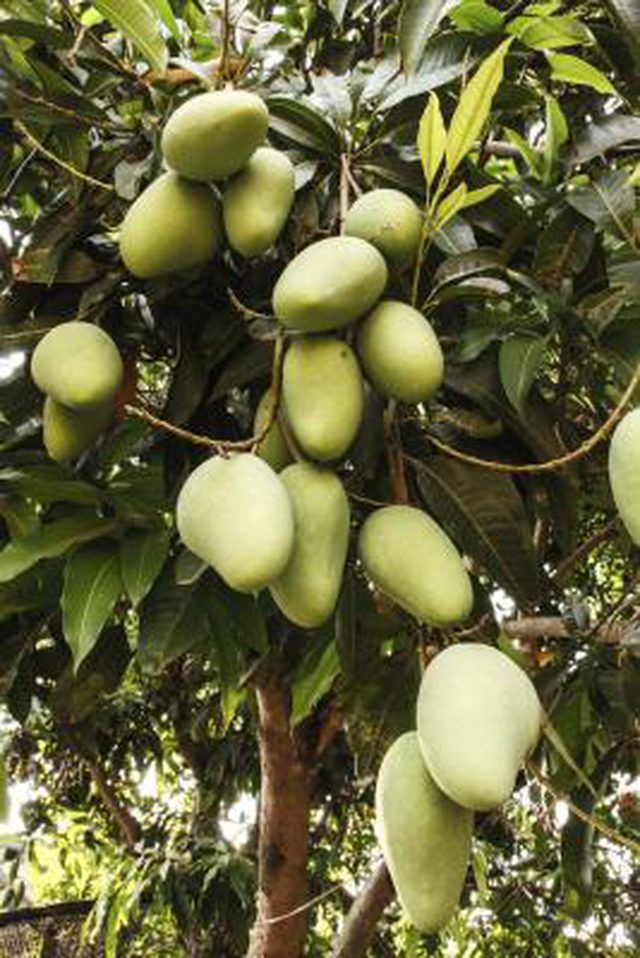Bulbs
Flower Basics
Flower Beds & Specialty Gardens
Flower Garden
Garden Furniture
Garden Gnomes
Garden Seeds
Garden Sheds
Garden Statues
Garden Tools & Supplies
Gardening Basics
Green & Organic
Groundcovers & Vines
Growing Annuals
Growing Basil
Growing Beans
Growing Berries
Growing Blueberries
Growing Cactus
Growing Corn
Growing Cotton
Growing Edibles
Growing Flowers
Growing Garlic
Growing Grapes
Growing Grass
Growing Herbs
Growing Jasmine
Growing Mint
Growing Mushrooms
Orchids
Growing Peanuts
Growing Perennials
Growing Plants
Growing Rosemary
Growing Roses
Growing Strawberries
Growing Sunflowers
Growing Thyme
Growing Tomatoes
Growing Tulips
Growing Vegetables
Herb Basics
Herb Garden
Indoor Growing
Landscaping Basics
Landscaping Patios
Landscaping Plants
Landscaping Shrubs
Landscaping Trees
Landscaping Walks & Pathways
Lawn Basics
Lawn Maintenance
Lawn Mowers
Lawn Ornaments
Lawn Planting
Lawn Tools
Outdoor Growing
Overall Landscape Planning
Pests, Weeds & Problems
Plant Basics
Rock Garden
Rose Garden
Shrubs
Soil
Specialty Gardens
Trees
Vegetable Garden
Yard Maintenance
How to Grow a Mango Tree
How to Grow a Mango Tree. A healthy mango tree (Mangifera indica) provides shade and edible fruit, providing a dual use in the home landscape. These tropical trees grow in U.S. Department of Agriculture plant hardiness zones 10 through 11, where temperatures remain above 25 degrees Fahrenheit. When selecting a new tree, choose a mango in a 2- to...

A healthy mango tree (Mangifera indica) provides shade and edible fruit, providing a dual use in the home landscape. These tropical trees grow in U.S. Department of Agriculture plant hardiness zones 10 through 11, where temperatures remain above 25 degrees Fahrenheit. When selecting a new tree, choose a mango in a 2- to 3-gallon container with a healthy root system and leaves to ensure it establishes quickly.
Things You'll Need
Shovel
Mulch
Pruning shears
Bleach
Low- or no-nitrogen slow-release fertilizer
Plant mangoes at any time when they are not actively putting on new growth and temperatures won't drop below 40 degrees Fahrenheit. Select a planting site that receives full sunlight, with well-drained soil that isn't prone to flooding or waterlogged conditions. Mangoes tolerate most soil types and can grow well in both fertile, loam soil or moderately sandy sites.
Dig a planting hole three times the diameter of the root ball of the sapling and three times as deep. Refill the hole with the removed, loosened soil so the hole is the same depth as the root ball. Remove the mango from the pot and set it in the hole. Fill in around the roots with the remainder of the soil, watering thoroughly to settle the soil around the roots. Space trees 25 feet apart from each other and other landscape trees or buildings.
Water newly planted mango trees every other day for one week, and then reduce watering to twice weekly for three months. Provide enough water to thoroughly moisten the soil through the root zone. Once established, water mangoes only during prolonged drought periods if the soil begins to dry out completely, as overwatering can decrease the quality of the fruit.
Cover the ground around the mango and over the root zone with a 2-inch layer of mulch to help reduce weed growth as the tree establishes. Keep the mulch approximately 12-inches from the trunk. Once established, mangoes shade out most weeds on their own. Some weed growth won't harm the tree and may attract pollinating insects that will aid fruit set.
Trim off the tips of the young branches on a newly planted tree. Disinfect the shears in a solution of 1 part bleach to 9 parts water. Cut the branch tips to the second bud from the tip. Tip the branches back to a 20-inch length annually, beginning in the second year, before the tree buds, which helps maintain the size and shape of the mango. As an alternative to annual tipping, cut back old branches from the upper canopy to their crotch, removing up to a third of the upper branches, to encourage a fuller lower canopy. Mango trees over 30 feet in height only require pruning to remove dead or damaged branches.
Apply a low- to no-nitrogen fertilizer, such as a 0-0-50 blend, during the summer growing season. Make six monthly applications the first three years after planting, beginning in early spring as new growth appears. Reduce applications to four times per year, applying the fertilizer every other month in spring and summer. Apply ? pound per application the first year, and increase the amount by ? pound for each year until you are supplying about 5 pounds per application. Sprinkle the fertilizer on the soil over the root zone, and then water it in immediately.
Monitor mangoes for powdery mildew, which resembles a white powder, and anthracnose, which forms black, sunken lesions on leaves and fruits. Planting disease-resistant varieties minimizes these fungal issues. Mangoes grown in the home garden rarely require chemical controls for fungal problems if they are properly watered, pruned and fertilized. To prevent fungal problems, spray the entire tree with a ready-to-use copper and sulfur fungicide in spring when new panicles emerge and repeat the application approximately 10 to 21 days later.
Tips & Warnings
Harvest mangoes as they ripen. Color is a poor indicator of ripeness; instead, harvest when the fruits give slightly under gentle pressure and develop a fruity aroma.
Although pests may infest a mango tree, they rarely affect fruit production or tree health significantly enough to warrant pest control or removal.
Of the two types of mangoes, Indian types are more susceptible to anthracnose and produce highly colorful fruit. Indochinese types are relatively resistant to anthracnose and the fruit is colored in green, light green or yellow.